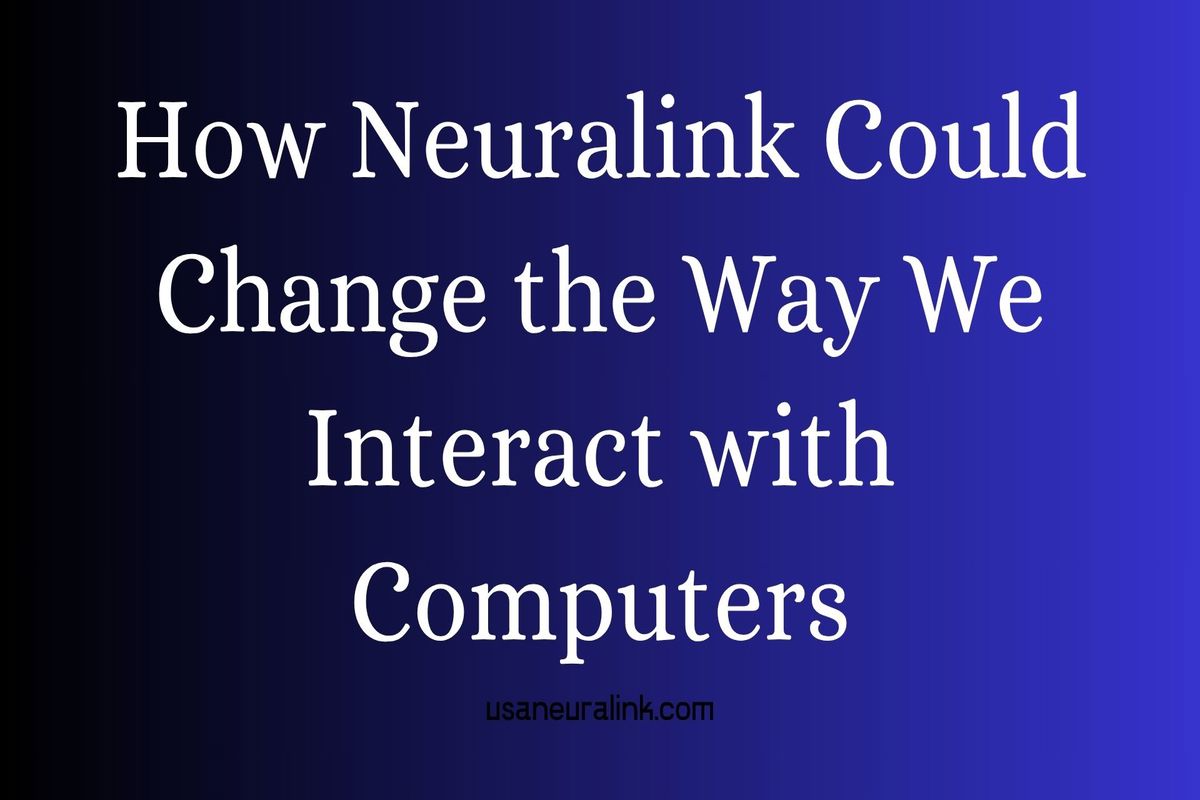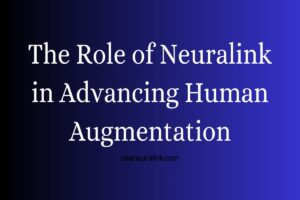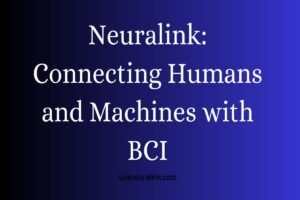Exploring Neuralink’s Data Privacy Measures
Exploring Neuralink’s Data Privacy Measures: What You Need to Know
In the rapidly evolving landscape of brain-machine interfaces (BMIs), Neuralink stands out as a pioneering force. Founded by Elon Musk, Neuralink aims to revolutionize the way humans interact with technology by creating seamless integrations between the brain and computers. However, with such groundbreaking advancements come significant concerns about data privacy. In this blog post, we will delve into Neuralink’s data privacy measures, exploring how the company safeguards user information and the implications for future users.
Understanding Neuralink: A Brief Overview
Before diving into data privacy, it’s essential to understand what Neuralink does. Neuralink is developing implantable brain–machine interfaces (BMIs) designed to treat neurological conditions and eventually enhance human cognitive abilities. These devices can record and stimulate neural activity, potentially enabling applications like restoring vision, treating paralysis, and even merging human intelligence with artificial intelligence.

Why Data Privacy Matters for Neuralink
The Sensitivity of Neural Data
Neural data is profoundly personal and sensitive. It includes not only basic information like thoughts and memories but also intricate details about an individual’s mental health, cognitive processes, and potentially even their intentions. The implications of mishandling such data are vast, ranging from privacy violations to unauthorized manipulation of neural activity.
Regulatory Landscape
As Neuralink progresses towards human trials and broader applications, it must navigate a complex regulatory landscape. Compliance with data protection regulations such as the General Data Protection Regulation (GDPR) in Europe and the Health Insurance Portability and Accountability Act (HIPAA) in the United States is paramount. These regulations mandate strict guidelines on how sensitive data should be collected, stored, and processed.
Neuralink’s Data Privacy Framework
Encryption and Data Security
One of the cornerstones of Neuralink’s data privacy measures is the use of robust encryption techniques. All data transmitted between the Neuralink device and external systems is encrypted using state-of-the-art protocols. This ensures that even if data is intercepted, it remains unintelligible and unusable to unauthorized parties.
Anonymization and Minimization
Neuralink employs data anonymization techniques to protect user identities. By removing personally identifiable information (PII) from the data, Neuralink ensures that even if data sets are accessed, the individuals cannot be readily identified. Additionally, data minimization principles are applied, meaning only the data absolutely necessary for the device’s functionality and research purposes is collected and stored.
Secure Data Storage
Data collected by Neuralink devices is stored in highly secure environments. These storage systems are fortified against cyber threats through multiple layers of security, including firewalls, intrusion detection systems, and regular security audits. Physical security measures are also in place to prevent unauthorized physical access to data centers.
User Consent and Control
Neuralink places a strong emphasis on user consent and control over personal data. Before any data is collected, users are thoroughly informed about what data will be collected, how it will be used, and who will have access to it. Users retain the right to revoke consent at any time, ensuring they have control over their own neural data.
Transparency and Accountability
Clear Privacy Policies
Neuralink maintains transparent privacy policies that clearly outline how data is handled. These policies are written in understandable language, making it easy for users to comprehend their rights and the measures in place to protect their data. Regular updates to these policies ensure that users are kept informed about any changes in data handling practices.
Independent Audits and Compliance
To ensure ongoing compliance with data privacy standards, Neuralink undergoes regular independent audits. These audits assess the effectiveness of Neuralink’s data protection measures and identify areas for improvement. By adhering to industry best practices and regulatory requirements, Neuralink demonstrates its commitment to maintaining high standards of data privacy.
Incident Response Plan
In the unlikely event of a data breach, Neuralink has a comprehensive incident response plan in place. This plan outlines the steps to be taken to mitigate the impact of the breach, notify affected users, and prevent future incidents. Rapid response and transparency are key components of this strategy, ensuring that users are promptly informed and protected.
Ethical Considerations and Future Implications
Balancing Innovation and Privacy
Neuralink operates at the intersection of cutting-edge technology and sensitive personal data. Balancing innovation with robust data privacy measures is crucial to gaining and maintaining user trust. Neuralink’s proactive approach to data privacy helps mitigate risks and fosters a secure environment for users to embrace new technologies.
Potential for Misuse and Safeguards
The potential for misuse of neural data is a significant concern. Unauthorized access or manipulation of neural information could have severe consequences, including mental health issues or loss of autonomy. Neuralink addresses these concerns by implementing stringent access controls, continuous monitoring, and ethical guidelines that govern the use of neural data.
Long-Term Privacy Challenges
As Neuralink’s technology evolves, so too will the privacy challenges. Advances in data analytics and artificial intelligence could potentially enhance the ability to interpret neural data, raising new privacy concerns. Neuralink must remain vigilant and adaptive, continuously updating its privacy measures to address emerging threats and technological advancements.
Public Perception and Trust
Building Trust through Transparency
Public trust is paramount for the success of Neuralink’s initiatives. By being transparent about data privacy measures and actively engaging with stakeholders, Neuralink can build and maintain trust. Open communication about how data is protected and used reassures users and the broader public about the company’s commitment to privacy.
Education and Awareness
Educating users about the importance of data privacy and how Neuralink safeguards their information is essential. Providing resources, tutorials, and support helps users make informed decisions and feel confident in using Neuralink’s technology. Awareness campaigns can also highlight the benefits and safety measures, addressing common concerns and misconceptions.
Conclusion: Navigating the Future with Confidence
Neuralink’s journey towards integrating human cognition with technology is as exciting as it is complex. Data privacy is a critical component of this journey, ensuring that users can embrace innovation without compromising their personal information. Through robust encryption, data anonymization, secure storage, user consent, and transparency, Neuralink demonstrates a strong commitment to protecting neural data.
As Neuralink continues to advance, ongoing vigilance and adaptation of data privacy measures will be essential. By prioritizing ethical considerations and maintaining open communication with users, Neuralink can navigate the future with confidence, paving the way for a new era of human-machine collaboration.
For more insights into Neuralink’s data privacy practices and updates on their latest advancements, check out this YouTube video that delves deeper into the topic.
There is a Legal Notices page containing important legal information about this website. Please click here to read this page.
Share this content:






















Post Comment